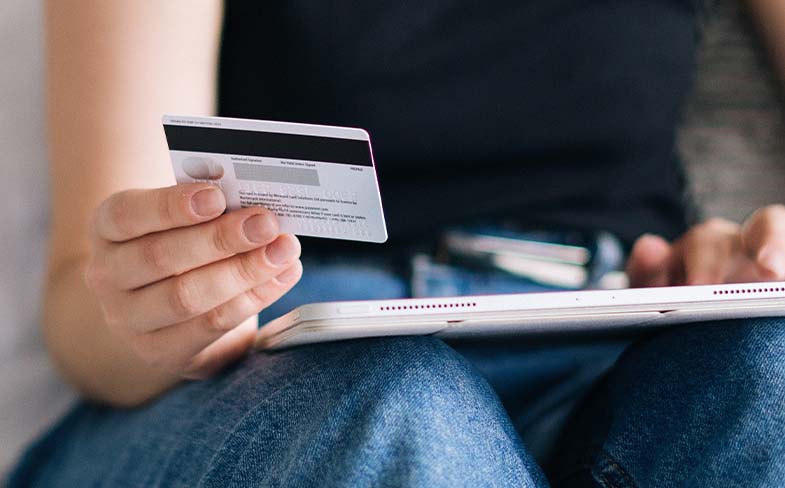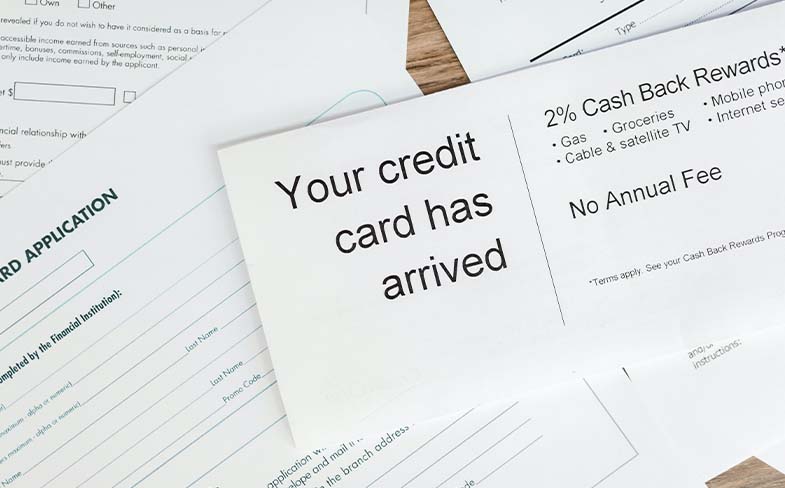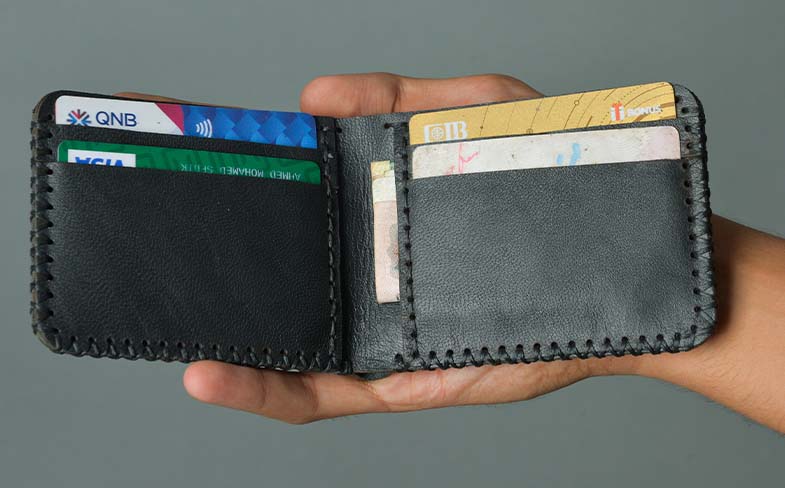Charge It!
About the Activity
Credit cards are a part of everyday life, and are very convenient. But it’s important to understand how they work—and their potential pitfalls.
In this activity, you’ll learn about the cost of using credit cards, and the real amounts that the same item costs when it’s paid for in different ways.

Materials
Here’s what you’ll need to complete this activity:
A pen or pencil
Calculator
A piece of paper
Activity Steps
Part 1: The Cost of Credit
- Here’s what you need to know: There’s a new pair of wireless headphones with great sound and that look great—they’re very popular, and lots of kids want them. They cost $200.Let’s explore the many ways to pay for things—and the benefits and drawbacks of each.
- Four different kids your age are going to take four different approaches to paying for the wireless headphones: Meet Aaliyah, Emma, Jacob, and Maria.As you review the scenarios, use a sheet of paper and a calculator to calculate the total cost of each headphones purchase, as it varies by their payment method.
- Let’s start with Aaliyah. Aaliyah is going to save $20 a month for 10 months to get her own pair of wireless headphones.She will have to be patient for 10 months before she has $200, but she will be able to buy those headphones with cash and avoid any interest or other fees.

 Did you know?
Did you know?You may remember from previous Smart Cents activities that you can earn interest as you save by keeping the principal in a savings account or high-yield savings account. We won’t factor that into Emma’s scenario, but it’s important to remember!
- Next, Emma is going to buy the headphones right now, using her credit card. The credit card has a 16% monthly APR.Emma makes monthly payments, but can’t afford to pay off her entire credit card bill each month. So, let’s assume that of her total balance, $6 a month goes to paying off the $200 of these headphones. The remaining balance is charged with that 16% APR.How long will it take for Emma to pay off the $200? And how much interest will she have paid on that original $200?If you calculated that it will take Emma 3 years and 9 months to pay off that original $200, you’re correct. And by the time she’s paid it off, she will have paid an extra $66.26. So, her headphones would really cost $266.26.

 Did you know?
Did you know?APR is short for the annual percentage rate, or the rate of interest a credit card company charges you on your monthly balance.
- Jacob is the third student buying wireless headphones. Like Emma, he’s also paying for the headphones with a credit card.His credit card has a 22% interest rate, but he’s able to pay $50 a month towards his balance.How long will it take for him to pay off those headphones? And how much interest will he have paid the credit card company on that original $200?It’ll take Jake 5 months to pay for those headphones. He will have paid an extra $9.61 in interest.
- Finally, Maria. Maria is going to also use her credit card to pay for her headphones.Maria has a pretty good credit card, in that the APR is just 12% (that’s low, for a credit card). It also offers her some good perks, including reward points for certain kinds of purchases—including electronics and entertainment items, like these headphones.Plus, Maria has a job and is diligent about paying off her credit card balance in full, each month. We don’t have to do the math to know that Maria will pay just the $200 for the headphones, with no additional interest over an extended period of time—plus, she’ll earn rewards points that she can redeem toward other purchases later.
 Did you know?
Did you know?Some credit card reward programs provide cash back that can
be applied to the credit card balance or future purchases.
Test Your Knowledge
Reflection Questions
Questions for your kids and teens.
Some purchases are so big that people usually have to use credit for them. Can you give some examples?
Do you think you should have a credit card at your current age? Why or why not?
Ask a family member if they have a credit card. If so, when do they use it? Ask them if they have experienced any issues with credit card use-both good or not so good.
What might happen if you can’t make a credit card payment on time? And how do you think this impacts people in your community?
Investigate and Explore
If you learned anything from this activity, it is that credit cards can be useful and can even provide added value, but they also have drawbacks and downsides.
One of those drawbacks is credit card debt, which is the unpaid balance you carry from one month to the next on your credit card. The longer you carry credit card debt, the larger it grows, and the harder it can be to pay it off. This can hurt what is called your credit rating, which is a measure that banks and other entities use to determine if you are financially trustworthy. If you have a lot of debt, your credit rating will fall, making it harder for you to do things like get a loan to buy a car, get approved to rent an apartment, and other things like that.
At some point in your life, you’ll likely have a credit card (maybe you already do), and you’ll decide how to best use it. It’s okay to feel both excited and anxious about credit cards, but if we’ve made anything clear in this activity, hopefully it is that credit cards are useful tools but also something to approach with caution.

Career Connections
Regardless of your career path, it’s wise to learn how to manage your own money. If banking and finance piques your interest, you might find success in any number of careers, from economics to accounting. Whether you see yourself working as a bank teller or a mortgage broker, or dream of a day where you own your own business, understanding the fundamental principals of currency will be important at work.





